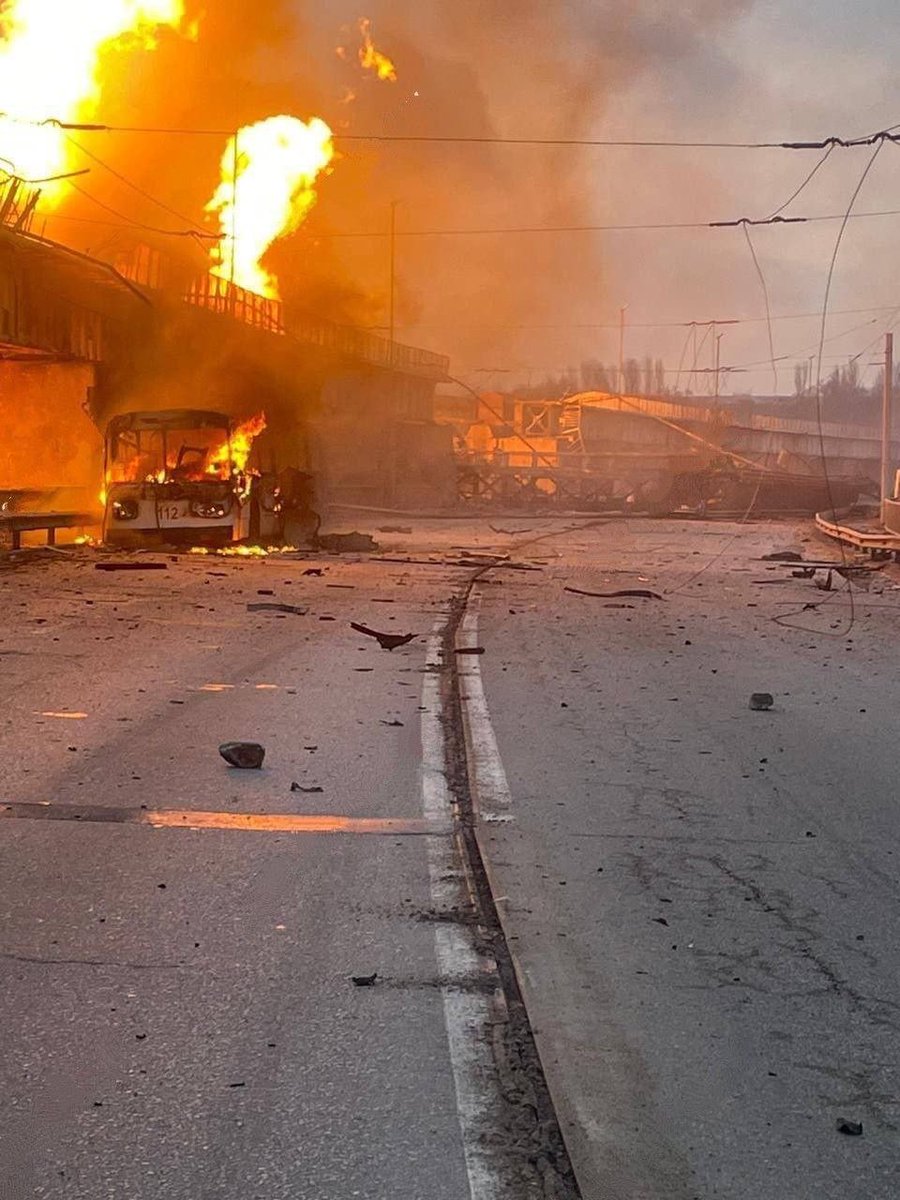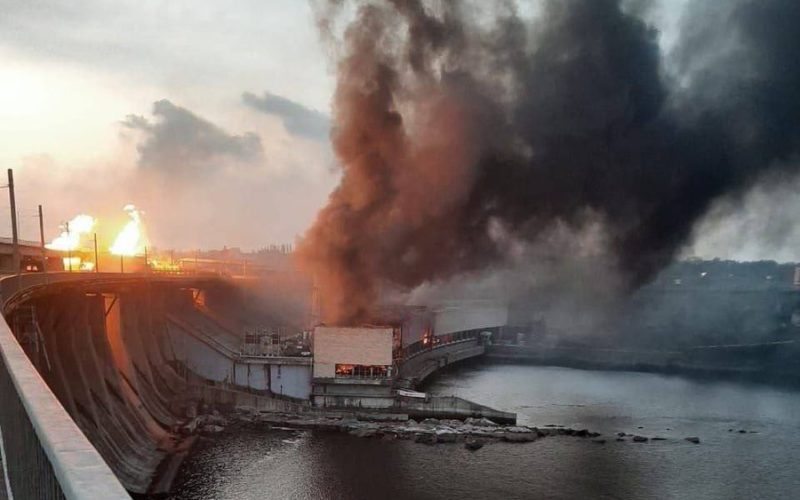Early on 22 March, Russian forces launched a massive air attack on Ukrainian cities using drones, ballistic and cruise missiles. Explosions occurred across multiple regions, hitting infrastructure and causing casualties. The strike disrupted water and electricity supply in places, while also damaging the Zaporizhzhia Nuclear Plant’s power line and the Dnipro hydroelectric facility. President Zelenskyy stated that Russia used over 60 Shahed suicide drones and nearly 90 missiles in the attack.
Ukraine’s Energy Minister Herman Halushchenko noted that the attack on the energy infrastructure was similar to those that took place last winter:
“The enemy is now launching the largest attack on the Ukrainian energy sector in recent times. The goal is not just to damage it, but to try again, just like last year, to cause a large-scale disruption in the country’s energy system.”
At midnight, Ukraine’s Air Force reported on several groups of Russia’s Shahed kamikaze drones moving through southern regions.
Later, monitoring channels warned of Russian strategic aviation activity, and at about 03:30 a.m., the Ukrainian Air Force reported launches of cruise missiles from Tu-95MS aircraft, fired from the Caspian Sea area. At about 04:00, a threat of ballistic weapon use from the south was reported, with a MiG-31K aircraft, capable of carrying the Kinzhal aeroballistic missile, taking off at about 04:40. By 04:30, a ballistic missile strike threat on Kharkiv from Russia’s Belgorod Oblast was announced.
In Kharkiv city and oblast, an air raid alert was issued at 03:53. Mayor Ihor Terekhov reported that around 15 explosions were heard in the city by 04:47. He stated that Russia targeted the energy infrastructure, resulting in fires at some of the impact locations.
Residents of the city reported issues with electricity, water supply, and heating after a series of explosions, according to Suspilne. At 05:08, Oleh Syniehubov reported that Kharkiv was essentially left without electricity.
In Khmelnytskyi Oblast, an air raid alert was announced at 01:01, followed by explosions. Deputy Head Serhiy Tyurin confirmed strikes in the region. Power outages were reported in Khmelnytskyi and nearby areas. Mayor Oleksandr Symchyshyn reported injuries, fatalities, and damaged infrastructure due to the attack. The Khmelnytskyi Regional Military Administration reported one fatality and several injuries from the attack, with search efforts ongoing for people trapped under building rubble.
In Zaporizhzhia, the first explosion occurred around 4 a.m., with eight strikes reported by regional head Ivan Fedorov at 5:21. A second series of explosions followed at 6:04, bringing the total to 12 missile strikes, resulting in injuries. City Council Secretary Anatolii Kurtiev noted that two detached houses were destroyed, and seven others were damaged, with the condition of the injured being clarified.
Ukraine’s nuclear operator Energoatom has reported that the Zaporizhzhia Nuclear Power Plant, temporarily occupied by Russia, lost connection to one of its power lines due to Russian shelling. Currently, the plant is only connected to the “Zaporizhzhia TPP — Ferroalloy” 330 kV power transmission line, having lost its connection with the “Zaporizhzhia NPP — Dniprovska” 750 kV line.
Hydropower operator Ukrhydroenergo reported at 7:40 that Russian forces struck the Dnipro Hydroelectric Power Station (HPP), causing a fire. Emergency services and energy workers were responding, and the situation was under control with no threat of a dam breach.





